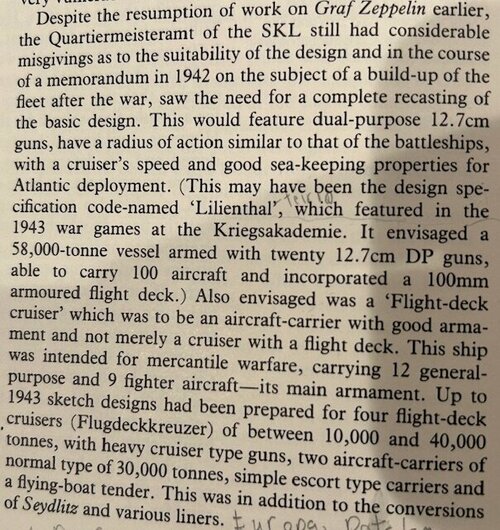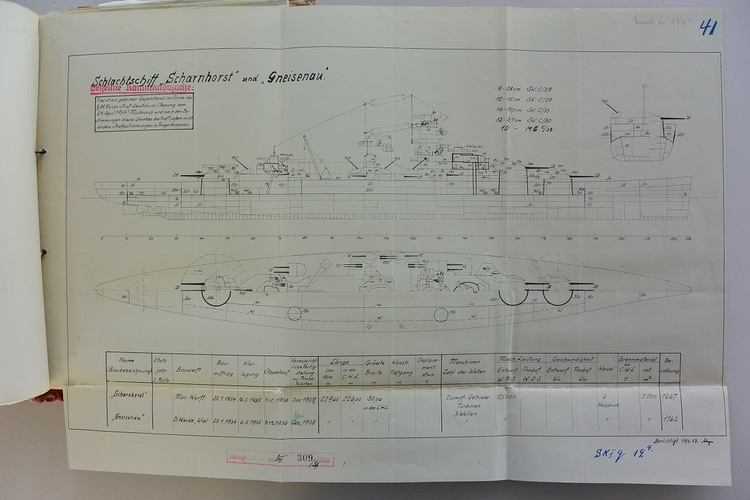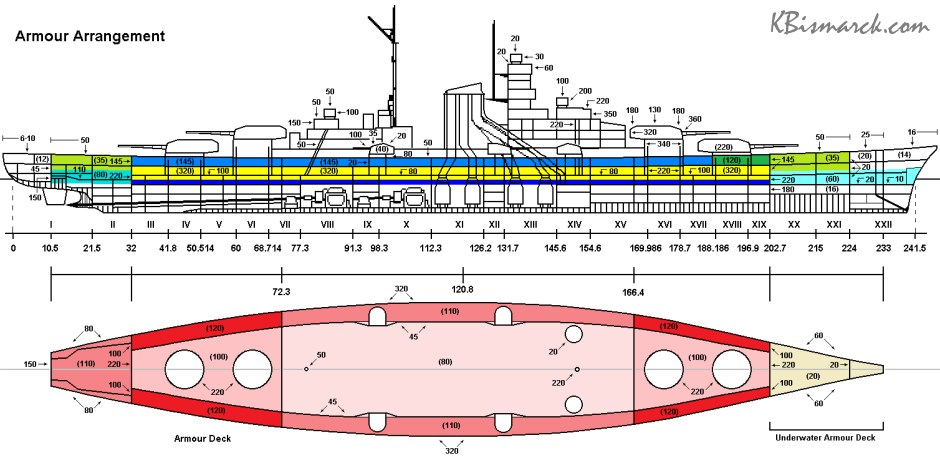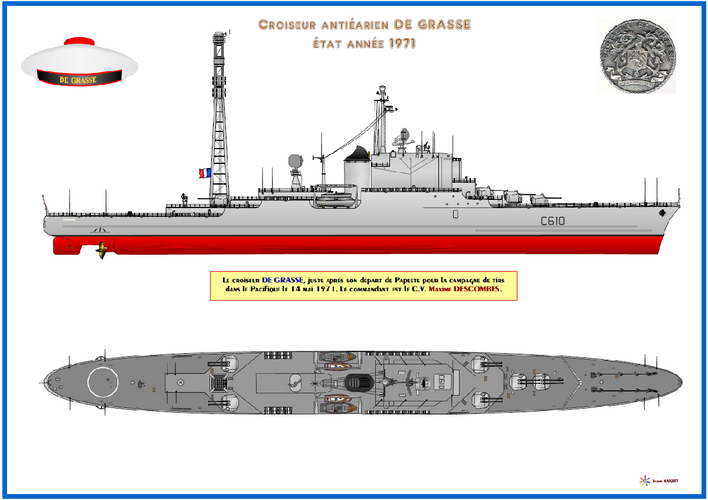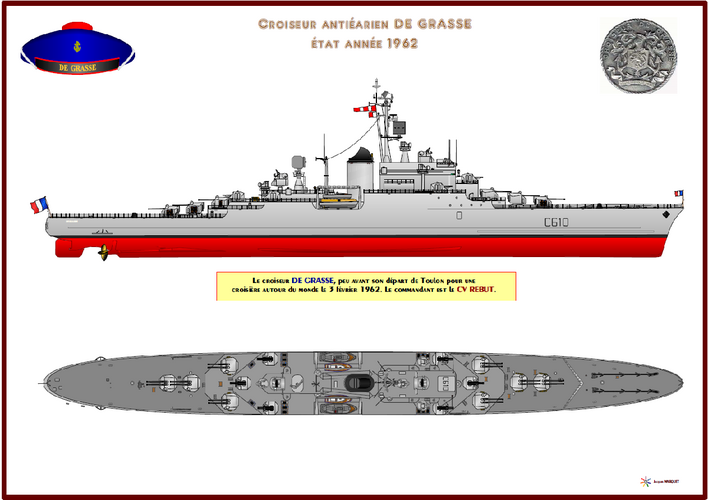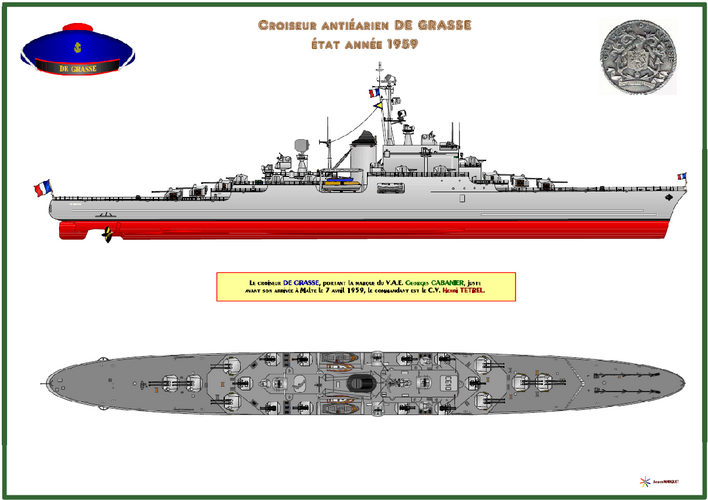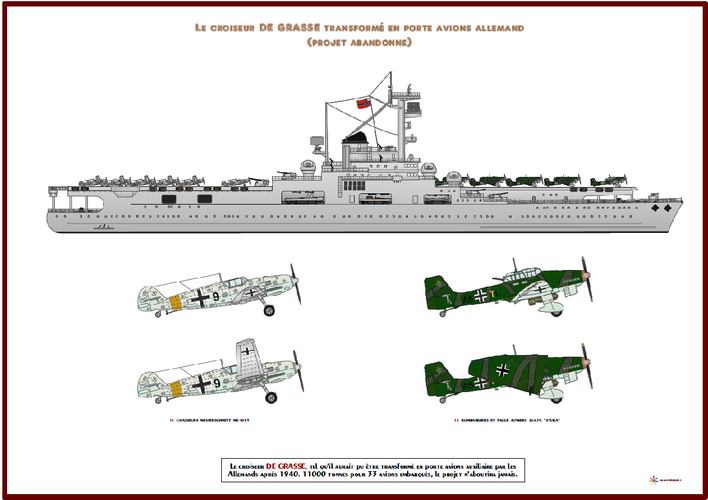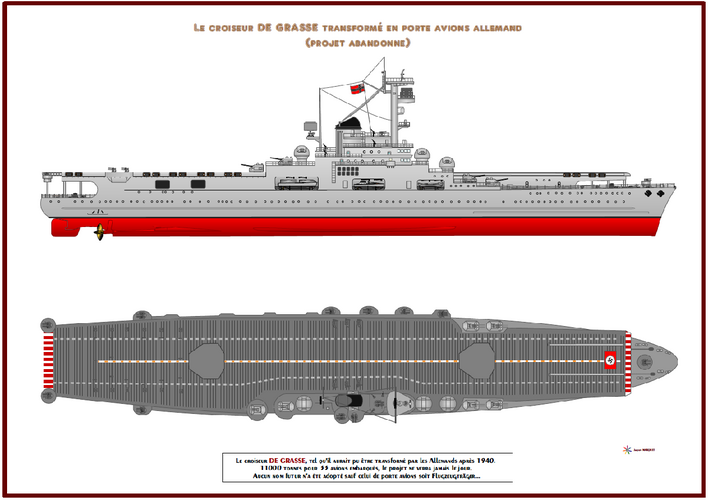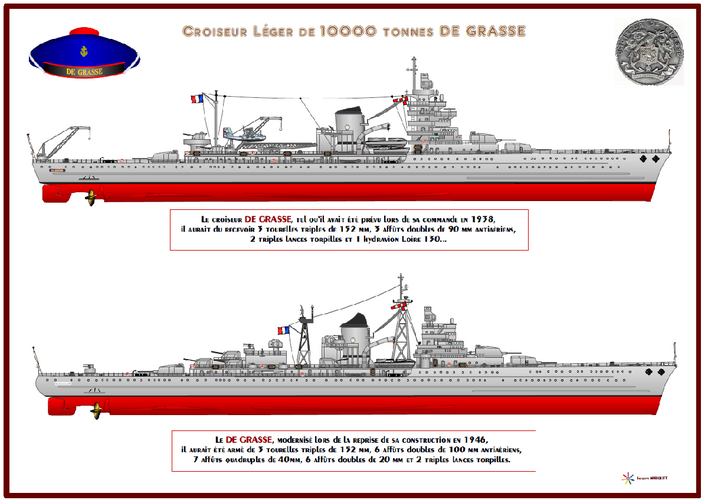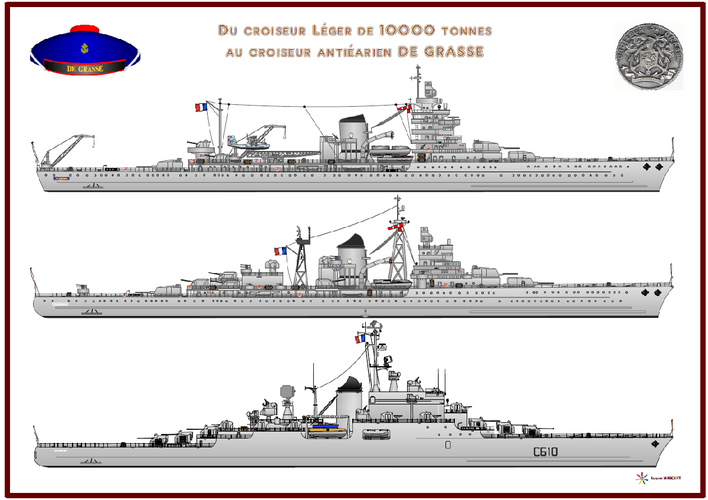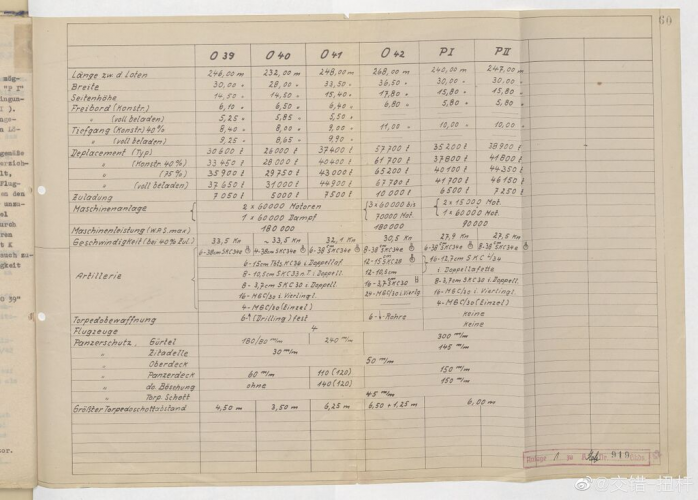- Joined
- 6 September 2006
- Messages
- 4,827
- Reaction score
- 9,415
I have now more or less finished the splitting/copying posts. Nothing has been deleted, just moved.
KM Naval Armament Plans and Discussion
Kaiserliche Marine Ships Plans and Discussion
Link to _Sarcasticat_ file store on this topic:
 drive.google.com
drive.google.com
I bundled the what-if works in: KM What-if Ships
KM Naval Armament Plans and Discussion
Kaiserliche Marine Ships Plans and Discussion
Link to _Sarcasticat_ file store on this topic:
Germany - Google Drive
 drive.google.com
drive.google.com
I bundled the what-if works in: KM What-if Ships
Last edited:

